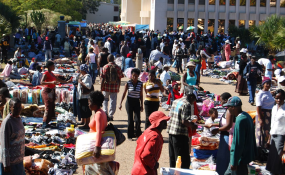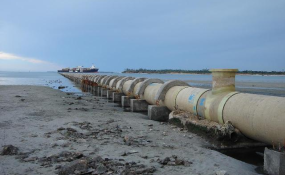The Bulawayo City Council has set aside land for infrastructural development as well as coming up with a number of incentives to lure potential investors following the city’s designation as a Special Economic Zone (SEZ).
Government recently set up an 11 -member Special Economic Zones (SEZs) board which is expected to stimulate investment flows from domestic and international markets into strategic sectors of the economy.
Because of the region’s economic strength in livestock production, Bulawayo has been designated as a leather and textile special economic zone.
Speaking at a recent SEZ stakeholder’s consultative meeting in the city, Bulawayo City Council economic development officer, Brain Hlongwane, said council had set aside land for infrastructural development in an effort to attract investors.
“Council has so far identified four sites for the establishment of SEZ. The identified place has got 256 stands ranging in size from 3 000 to 8 000 square metres with an overall size of 188, 64 hectares.
“The area is also served by three rail lines to Victoria Falls and Zambia as well as Harare and Beitbridge. The place is also partially serviced with roads,” said Hlongwane.
He said the city council has made available 127 stands in Kelvin East ranging from 1 000 to 3 000 square metres.
“Another option will be the vacant idle closed factories as stand -alone SEZ units quick wins readily available fully serviced with electricity as well while another option will be the area around the airport which is ideal for electronics,” said Hlongwane.
Apart from availing land, Hlongwane said the local authority had also introduced flexible conditions and payment terms for prospective land developers as well as coming up with an inter-departmental committee that interrogates business proposals to eliminate bureaucracy.
Hlongwane said the local authority was also offering a 50 percent rates payments reduction to companies which employ more than 100 people while offering 100 percent rebate for development effected within the first year for five years with the offer cascading to 20 percent for one year for an investor carrying out development within five years.


